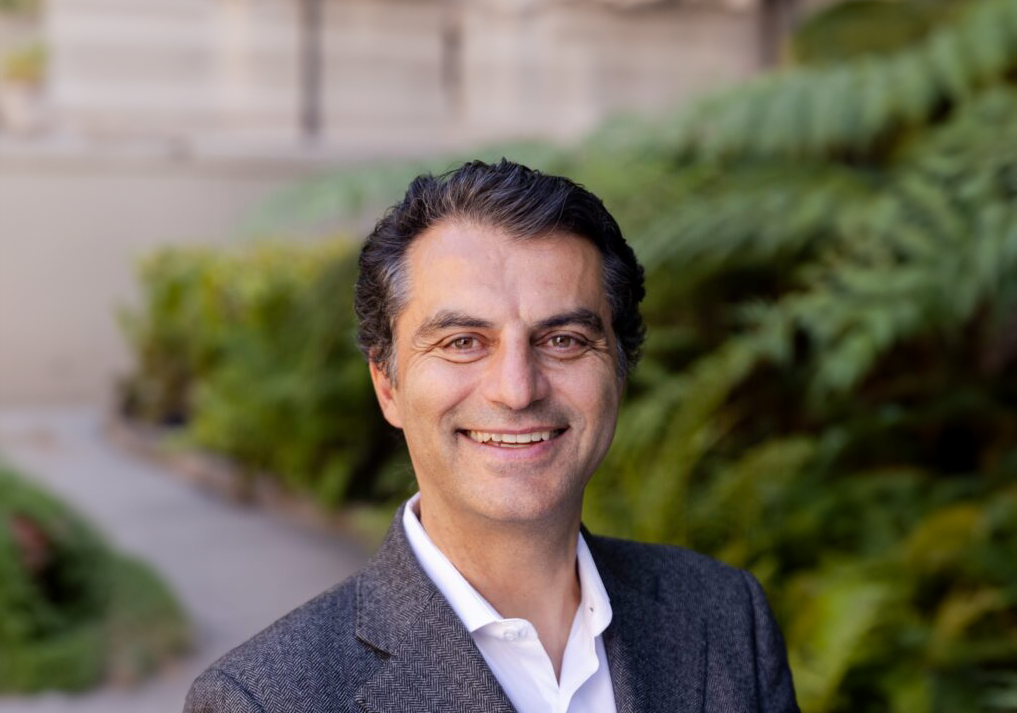
SANIYA PENDHARKAR – APRIL 5TH, 2024
Enrico Moretti is a Professor of Economics at the University of California, Berkeley, and a Research Associate at the National Bureau of Economic Research (Cambridge). His research spans labor and urban economics, and his insightful book, The New Geography of Jobs, has been translated into over five languages and received the prestigious William Bowen Prize.
Pendharkar: Good afternoon, and thank you so much for taking the time to set up the interview. I would like to ask about your background in economics. What got you interested in studying economics? Was it something that you always wanted to do?
Professor Moretti: Economics, among the social sciences, is very attractive because it addresses important questions. It has a natural discipline in rigorous data analysis. I think economics is a way of helping us understand important social problems in a very empirical way — a way driven by facts and data.
Pendharkar: So your focus is in labor, urban, and real estate economics. How would you describe that field to people who are unfamiliar?
Professor Moretti: I study the causes and consequences of discrepancies, or specifically, geographical differences in labor market outcomes. Wages, employment, productivity, and innovation vastly differ depending on which location you’re looking at. I think understanding what determines those differences and their effect is very important.
Pendharkar: That leads me to your book, [The] New Geography of Jobs. I’ve read it, and it’s fascinating. You spend time talking about three Americas and something you coined the “Great Divergence.” Could elaborate a little bit more on the idea for people who haven’t read the book?
Professor Moretti: Over the past forty years, there’s been a growing divergence in labor market outcomes between cities in the United States that have very high shares of college-educated residents and cities with a lower share. The cities with a high share of college-educated residents have increasingly attracted employers that offer high salaries and good careers, while the cities that have a lower share of college-educated residents have attracted fewer of those types of employers and industries. This difference began to emerge in the 1980s, but it has become larger with every passing decade.
Pendharkar: You also make a strong argument in the book that American income disparity is caused by this “blockization” and segregation of education. If statistics prove that education has such a successful return on investment, why are we seeing a greater number of high school dropouts and a decline in college enrollment, especially in the wake of the pandemic?
Professor Moretti: I think the pandemic has been a big shock, and it’s really hard to draw conclusions from just the last couple of years. It is true, though, that the share of Americans obtaining a college degree was growing very fast in the 1960s and 70s, yet has been decelerating in recent decades. Now, we don’t have as many college graduates as we should, contributing to increased inequality in the labor market — that’s a problem.
Pendharkar: I see. So we’ve established the long-term effects of segregation would be inequality. Is there anything that you personally think should or could be done to address these effects?
Professor Moretti: As a society, investment in schooling at all levels pays for itself in the long run. Holistically, educational investments increase the overall size of the U.S. economy and reduce inequality. I can’t definitively state whether investment early on pays off more than investment later on; there may be better people to ask that question. In general, I would say increasing schooling amongst U.S. workers would be beneficial for U.S. workers and for the aggregate U.S. economy.
Pendharkar: Most of the book refers to American society in particular, but I’m curious if this large segregation of education is an issue in other countries as well.
Professor Moretti: In other countries, we’re seeing a similar difference between communities with unequal levels of education. I’m thinking about European countries, but it’s a general trend across all industrialized economies we’ve studied. However, the discrepancies between these two types of communities are more pronounced in the U.S. than in European countries. Unsurprisingly, pretty much every type of inequality appears to be more pronounced in the U.S.
Pendharkar: I agree. In later chapters of the book, you describe the source of economic growth shifting away from factories and towards education and technological innovation in what you call “The New Human Capital Century.” I found it interesting, but I was wondering if you think it’s possible to see another large shift away from human capital in the future.
Professor Moretti: It’s hard to see the future that far. I think for now, the impending shift is clear in the data, and we can expect it in the coming years.
Pendharkar: Thank you, Professor Moretti.
Professor Moretti: Thank you.
Featured Image Source: Berkeley Haas
Disclaimer: The views published in this journal are those of the individual authors or speakers and do not necessarily reflect the position or policy of Berkeley Economic Review staff, the Undergraduate Economics Association, the UC Berkeley Economics Department and faculty, or the University of California, Berkeley in general.



